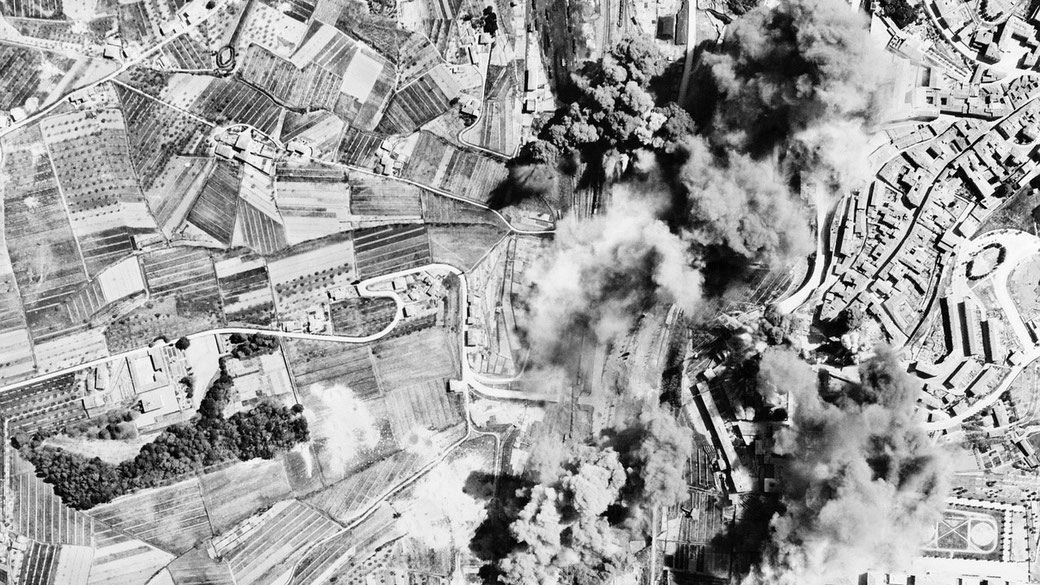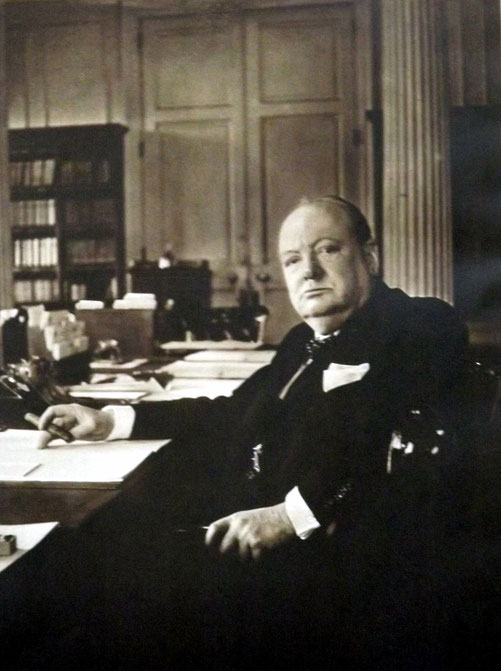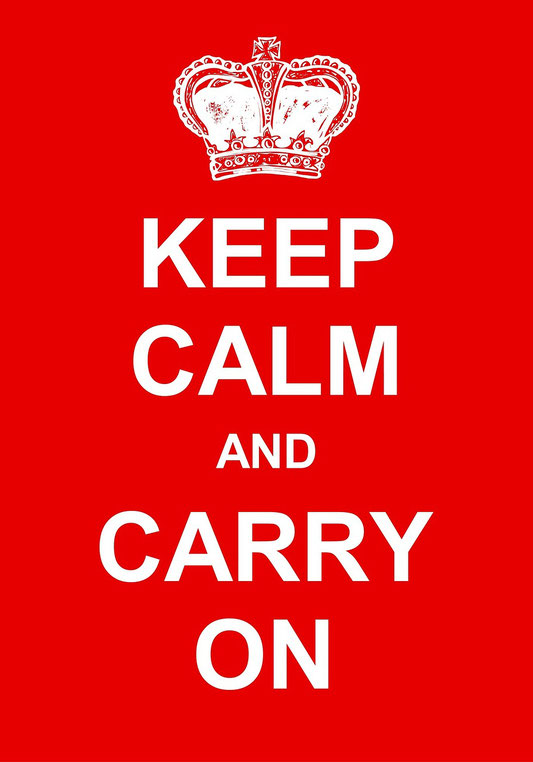Keep Calm and Carry On: the 'Blitz Spirit' explained

The 'blitz spirit' is a term that has become synonymous with the resilience and determination of the British people during World War II. The term refers to the sense of national unity and strength that emerged in the face of the devastating bombing raids carried out by the German Luftwaffe between September 1940 and May 1941.
Despite the constant threat of air raids, the people of Britain refused to be beaten down, and instead, rallied together to support each other and carry on with their daily lives.
But what role did government propaganda play in fostering this sense of unity and resilience? In this blog post, we will explore the impact of government propaganda during the Blitz and examine how it helped to create the 'blitz spirit' that has become an enduring symbol of British identity.
What was the 'Blitz Spirit'?
The ‘blitz spirit’ was a term coined to describe the resilience and determination displayed by the British people during the Second World War, particularly during the Blitz, a period of intense bombing of London and other cities by the German Luftwaffe from September 7, 1940, to May 11, 1941.
Encouraged by the government, this spirit of unity and perseverance is often seen as a defining characteristic of the British people during the war.

The Blitz began on September 7, 1940, when the German Luftwaffe launched a massive air raid on London, targeting the city's industrial areas, docks, and other strategic targets.
The bombing continued for 76 consecutive nights, with the city suffering from almost constant air attacks, which killed over 40,000 civilians and destroyed countless buildings.
Despite the scale of destruction and the loss of life, the British people refused to be beaten by the enemy. They showed remarkable resilience, continuing with their daily lives and helping each other in any way they could.
This spirit of unity and determination became known as the ‘blitz spirit.’
What did this look like 'on the ground'?
The ‘blitz spirit’ was evident in many ways. People would help each other out during air raids, taking shelter together in tube stations, basements, and air-raid shelters.
Volunteers worked tirelessly to clear the rubble and repair the damage, often risking their own lives to do so.
The ‘blitz spirit’ was also evident in the way people responded to the challenges of everyday life during the war. Rationing was introduced to conserve supplies and ensure that everyone had access to essential goods. People learned to make do with less and to be resourceful in finding ways to stretch their limited resources.
They formed local committees to organize community activities, and many took up voluntary work to support the war effort.
The ‘blitz spirit’ was not just confined to London. Other cities that were bombed during the war, such as Coventry, Birmingham, and Liverpool, also showed remarkable resilience and determination in the face of adversity.
The role of government propaganda
Government propaganda played a significant role in generating the ‘blitz spirit’ during the Second World War.
The British government recognized the importance of maintaining public morale and used a variety of propaganda techniques to promote a sense of unity, resilience, and determination among the population.
One of the key ways in which propaganda was used was through posters. The government produced a range of posters with catchy slogans and striking images, which were displayed in public places such as train stations, bus stops, and billboards.
These posters were designed to encourage people to stay strong and carry on with their daily lives despite the bombings.
One of the most famous propaganda posters from the war was the ‘Keep Calm and Carry On’ poster.
Originally produced in 1939, it was intended to be used in the event of a German invasion, but was not actually displayed until the war was over.
The poster was a simple, but effective message of resilience, urging people to keep calm and carry on with their daily lives despite the chaos around them.

The government also used radio broadcasts to deliver messages of encouragement and inspiration to the population.
The most famous of these broadcasts were delivered by Prime Minister Winston Churchill, who used his powerful oratory skills to rally the British people in the face of the German threat.
In addition to posters and radio broadcasts, the government also used films and newsreels to promote the ‘blitz spirit’.
These films often showed images of people going about their daily lives, laughing and smiling, despite the bombings.
They also highlighted the heroism of ordinary people who risked their lives to help others during air raids.
Its legacy
The ‘blitz spirit’ continues to be remembered and celebrated today as a symbol of resilience and determination in the face of adversity.
It is often invoked in times of national crisis as a source of inspiration and a reminder of the strength of the British people.
The ‘blitz spirit’ remains an important part of British history and identity, and is remembered and celebrated as a symbol of the strength and resilience of the British people in the face of adversity.
What do you need help with?
Download ready-to-use digital learning resources
Copyright © History Skills 2014-2025.
Contact via email
With the exception of links to external sites, some historical sources and extracts from specific publications, all content on this website is copyrighted by History Skills. This content may not be copied, republished or redistributed without written permission from the website creator. Please use the Contact page to obtain relevant permission.





